Greetings Top Future Tech crew, AI generated VR is a rapidly growing field that is revolutionizing the way we experience digital content. By using machine learning algorithms to analyze data and generate virtual objects and environments, developers are creating increasingly immersive and realistic virtual worlds for users to explore. The possibilities for AI-generated VR are endless, and we are only beginning to scratch the surface of what is possible.

One of the key advantages of AI generated VR is its ability to create content that is tailored to the user’s preferences and interests.
By analyzing data from user interactions and behavior.
AI algorithms can create personalized experiences that are unique to each individual.
This level of customization not only enhances the user experience, but it also opens up new opportunities for businesses to engage with their customers in innovative ways. Curious about the VR tech available now? Check out our article on The Best 7 Picks for Standalone VR Headset: The Future of Virtual Reality
Despite its many benefits, AI generated VR is not without its challenges. One of the biggest hurdles facing developers is the need for large amounts of data to train AI algorithms. This can be particularly challenging in industries like healthcare or finance, where sensitive data is often involved. However, as AI technology continues to advance, we can expect to see more sophisticated algorithms that require less data to produce accurate results. Read more on inworld.ai. And if you think Ai generated VR is cool you’re definitely going to want to check out 8K VR Headset: The Groundbreaking Future of Virtual Reality.
Table of Contents
Deciphering AI Generated VR
AI generated VR refers to the use of artificial intelligence to create virtual reality experiences I know insane right?! This technology is becoming increasingly popular due to its ability to create immersive and realistic environments that can be used for a variety of purposes, such as gaming, training, and therapy.
The process of creating AI generated VR content involves several steps, including data gathering, data processing, training AI models, generating initial assets, post-processing outputs, and importing assets into the VR engine. These steps are necessary to ensure that the VR experience is as realistic and immersive as possible.
One of the top benefits of using AI generated VR is the ability to create lifelike environments that are difficult or impossible to replicate in the real world.
For example, AI generated VR can be used to create virtual environments that simulate dangerous or inaccessible locations, such as outer space or the deep sea.
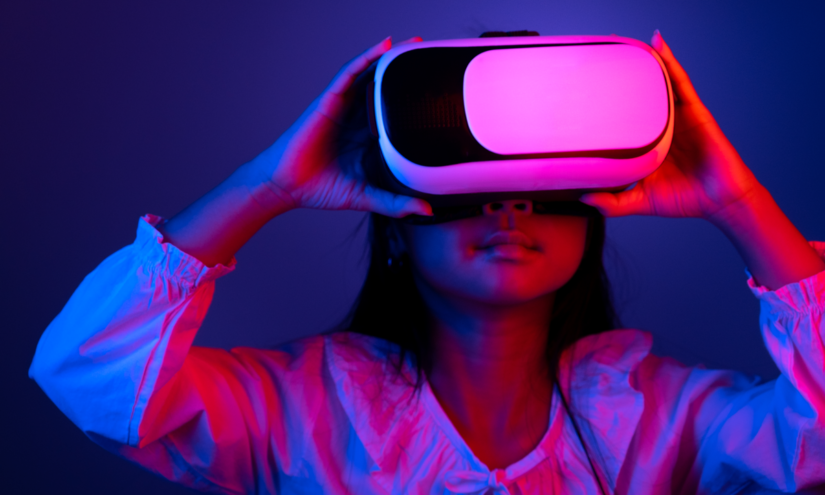
Another benefit of AI generated VR is its potential for customization. AI algorithms can be trained to create personalized experiences based on individual preferences and needs. This can be particularly useful in fields such as therapy and mental health, where customized virtual environments can be used to treat a variety of conditions.
Overall, AI generated VR is an exciting and rapidly evolving field that has the potential to revolutionize the way we experience virtual reality. As technology continues to advance, we can expect to see even more innovative and immersive VR experiences created using AI-generated content. Check out our article on the two of the best VR headsets out now HTC Vive vs Oculus Rift: When 2 Elite Titans Collide.
AI In VR Development
Virtual reality (VR) is an immersive technology that allows users to experience digital environments as if they were real. The integration of artificial intelligence (AI) into VR has unleashed a wealth of new possibilities in experience creation and interactivity. In this section, we will explore how AI is used in VR development and the benefits it brings.
Automated Content Creation

Most Immersive Experience
One of the biggest challenges in VR development is creating realistic and detailed environments. Traditional methods of content creation are time-consuming and require a lot of resources. However, with the help of AI, developers can automate the process of content creation.
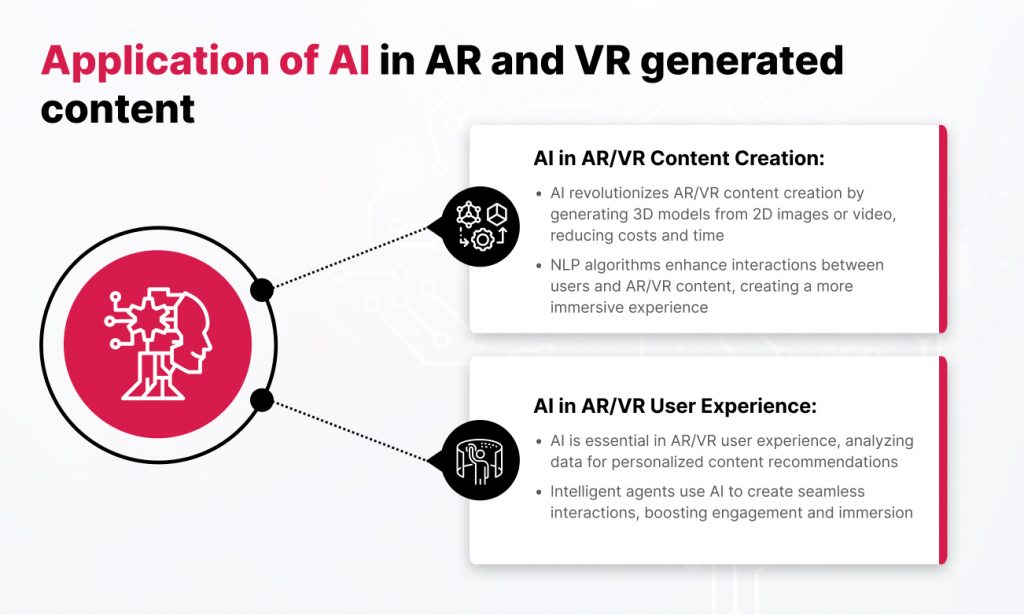
Interactive Environments
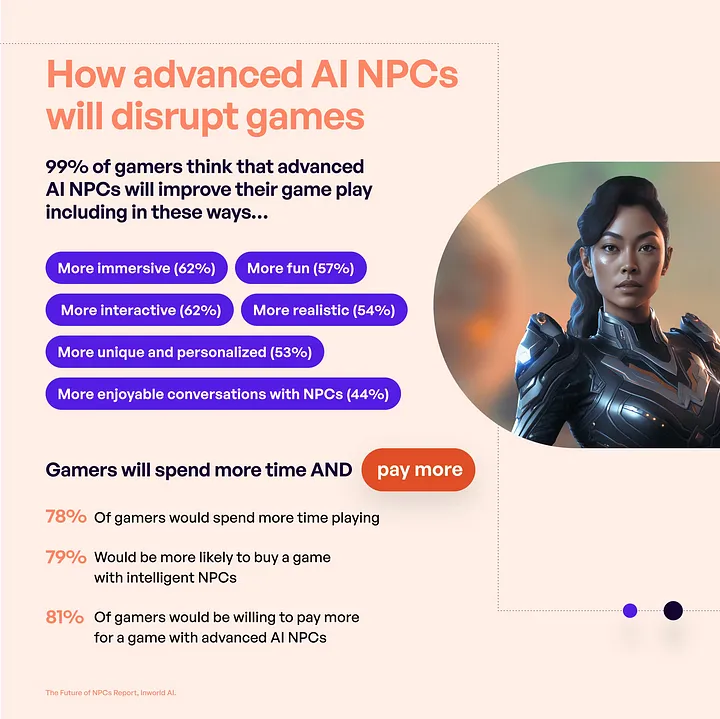
Environments That Change

In conclusion, AI has revolutionized the way we develop VR experiences.
It has made content creation faster and more efficient, and has created more interactive and engaging environments.
Benefits Of AI Generated VR
Virtual Reality has become an increasingly popular way to experience digital content, and the use of AI generated VR is revolutionizing the way we interact with these virtual environments. Here are a few benefits of using AI-generated VR:
Immersive Experiences
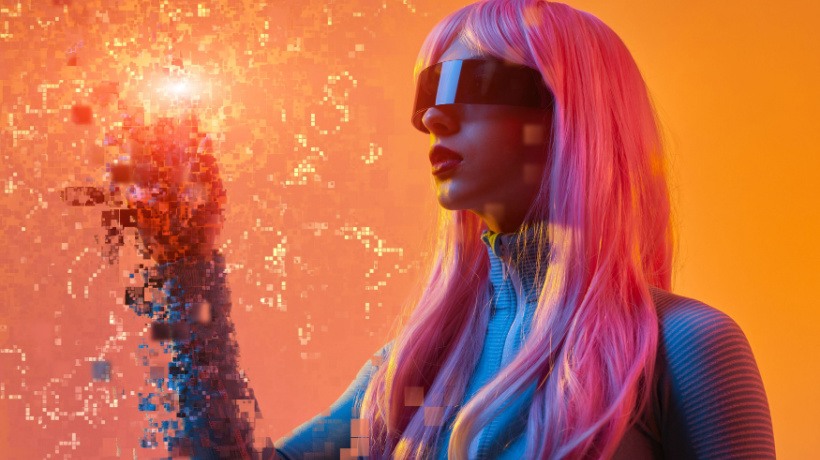
Explore New Places

Personalized Content

Truly Personalized Experience

Altogether, AI generated VR has the potential to transform the way we experience digital content. By creating more immersive and personalized experiences, AI-generated VR can enhance our understanding of the world around us and provide us with new and exciting ways to explore it.
Challenges & Solutions
Technical Limitations
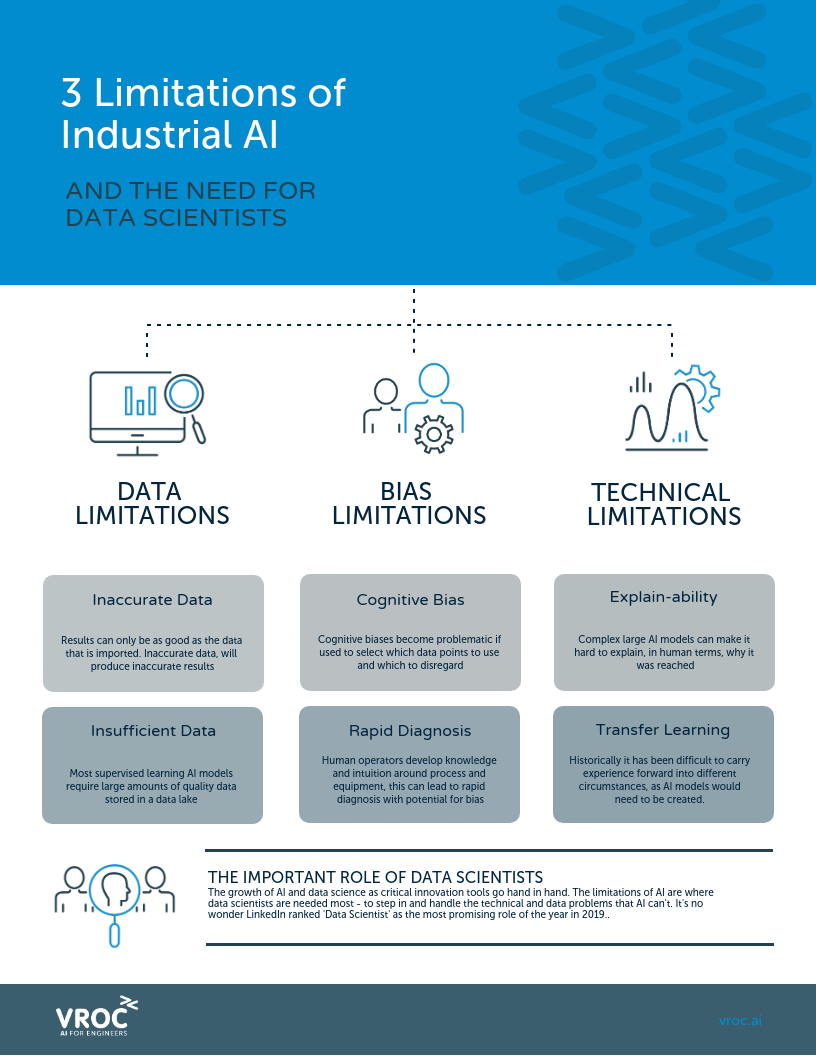
Difficulty in A Seamless Experience

To overcome these technical limitations, we must continue to invest in research and development of AI algorithms that are optimized for VR applications. We must also work towards creating more standardized hardware and software platforms that can support a wide range of VR experiences.
Ethical Considerations
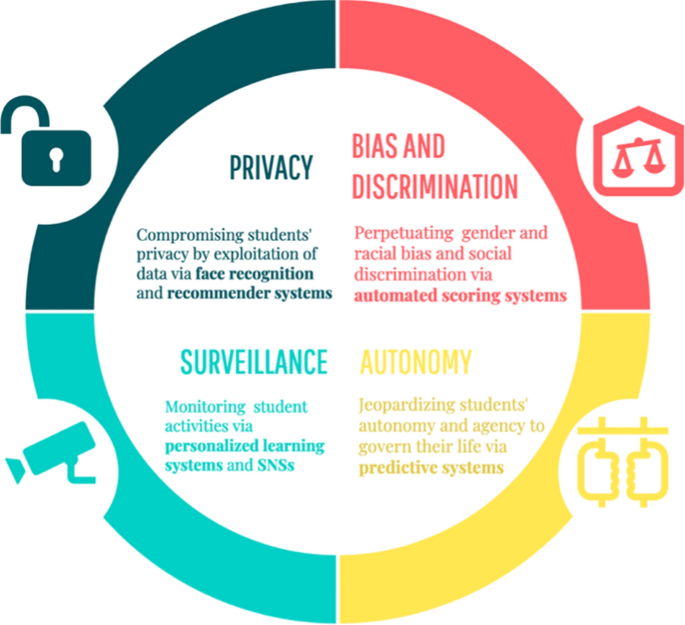
AI Generate Biases
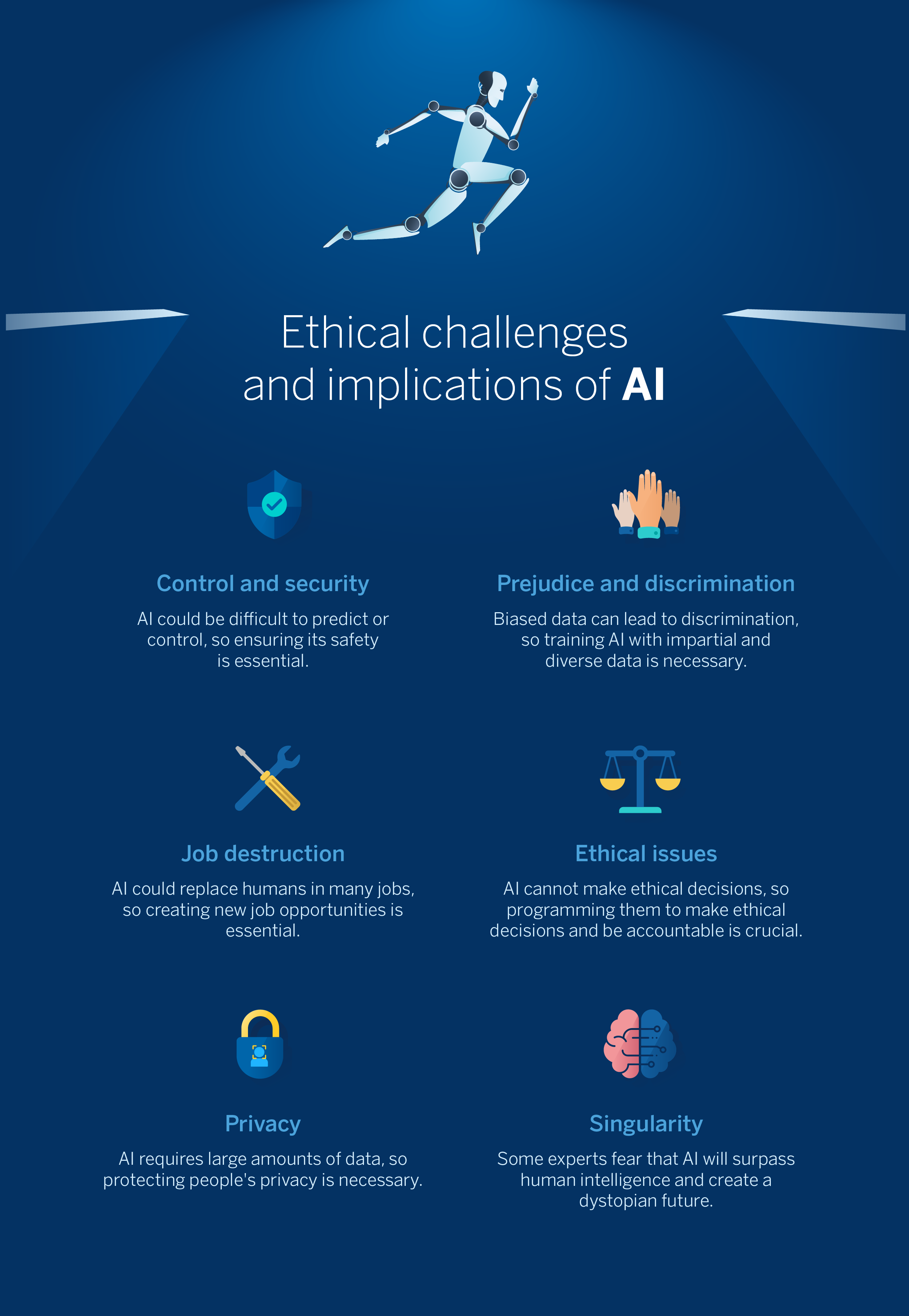
To address these ethical considerations, we must be vigilant in monitoring the use of AI-generated content and take steps to prevent its misuse. We must also work towards creating more diverse and representative training data sets to ensure that AI algorithms are not perpetuating biases. Finally, we must continue to engage in ethical discussions and debates to ensure that AI-generated VR is developed and used in a responsible and ethical manner.
Future Of AI Generated VR
Predicted Trends
As we move towards the future, AI-generated VR is predicted to become more advanced and accessible. Here are some of the trends we expect to see:
- Improved Realism: With the help of AI, VR experiences will become more realistic and immersive. AI algorithms can generate highly realistic environments and characters, making VR experiences feel more like real life.
- Personalized Experiences: AI algorithms can analyze user data to create personalized VR experiences. This means that each user can have a unique experience tailored to their preferences.
- Increased Interactivity: AI-generated VR experiences will become more interactive. Users will be able to interact with virtual objects and characters in more natural and intuitive ways, thanks to advancements in AI.
Potential Impacts
AI-generated VR has the potential to impact many different industries. Here are some of the potential impacts we expect to see:
- Entertainment: AI-generated VR will revolutionize the entertainment industry. Users will be able to experience movies, TV shows, and games in a whole new way, with highly realistic environments and characters.
- Education: AI-generated VR can be used to create immersive educational experiences. Students can explore historical events, scientific concepts, and other subjects in a way that is both engaging and informative.
- Healthcare: AI-generated VR can be used to create therapeutic experiences for patients. VR experiences can help patients manage pain, anxiety, and other conditions.
Overall, the future of AI-generated VR looks bright. We can expect to see more advanced and personalized VR experiences that have the potential to impact many different industries in positive ways.
Frequently Asked Questions
What are some examples of using AI to generate VR content?
AI-generated VR content can range from virtual characters that can answer specific sets of questions to immersive environments that adapt to user interactions. Some examples of AI-generated VR content include games, training simulations, and virtual tours.
How can generative AI enhance the VR experience?
Generative AI can enhance the VR experience by creating more realistic and immersive environments. By leveraging AI algorithms, VR applications can provide more interactive and adaptive environments that adjust based on user interactions. Additionally, AI-generated virtual characters can provide more personalized and engaging experiences by responding dynamically to user queries and actions.
What is the difference between augmented reality and VR?
Augmented reality (AR) and VR are both immersive technologies that allow users to interact with digital content in real-time. However, the main difference between AR and VR is that AR overlays digital content onto the real world, while VR creates a completely virtual environment. In other words, AR enhances the real world with digital content, while VR replaces the real world with a virtual one.
Are there any free AI-generated VR apps available?
Yes, there are several free AI-generated VR apps available on various platforms. Some examples include Google Tilt Brush, which uses AI algorithms to enhance the creation of 3D artwork in VR, and Rec Room, which provides a social VR experience with AI-generated environments and characters. However, it’s important to note that not all free VR apps use AI-generated content, and users should always be cautious when downloading and using VR apps from unknown sources.





Fantastic beat ! I wish to apprentice while you amend your website, how can i subscribe for a blog site? The account helped me a acceptable deal. I had been tiny bit acquainted of this your broadcast offered bright clear concept